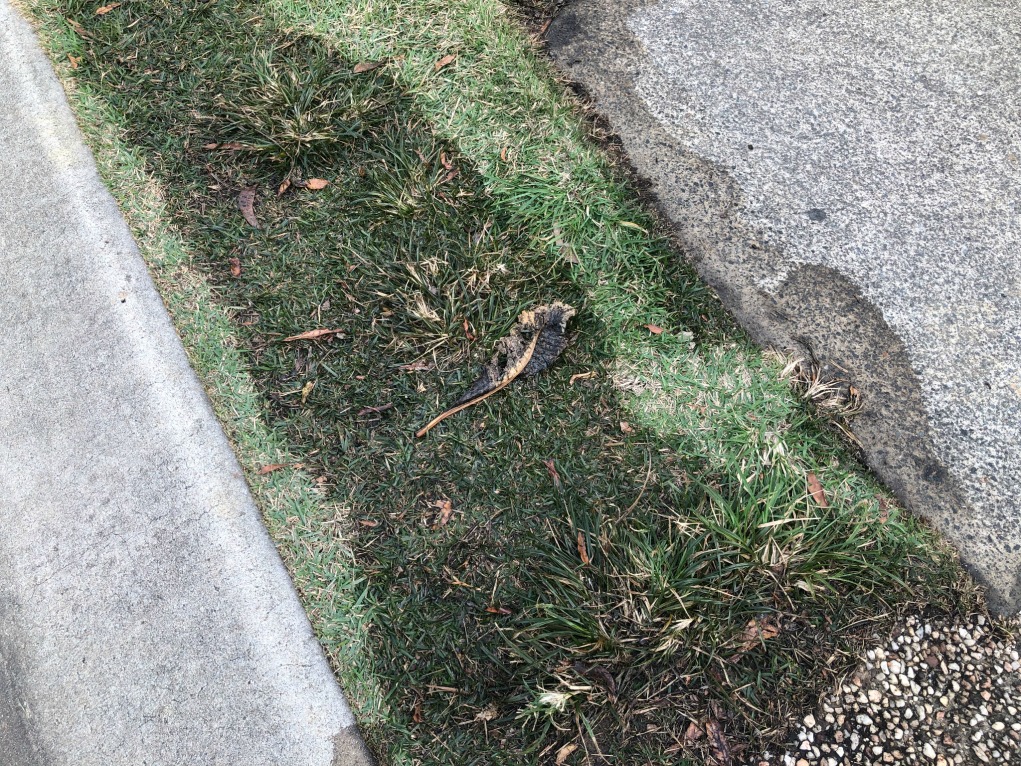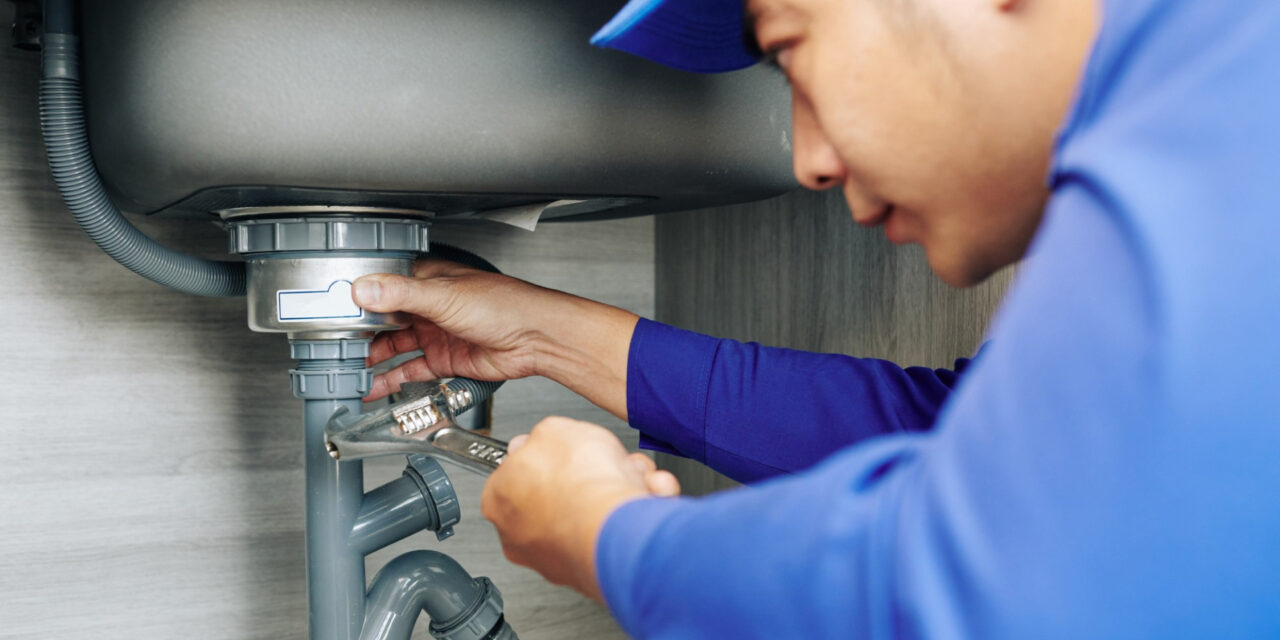Are you currently trying to find additional info concerning Top leak detection hacks?

Early detection of leaking water lines can alleviate a possible catastrophe. Aside from saving you money, it will certainly decrease the aggravation and frustration. The minute you find a leakage, calling your plumber for repairs is the very best option. Nevertheless, some little water leaks may not show up. Right here are some hacks that help if you can not spot it with your naked eyes.
1. Check Out the Water Meter
Checking it is a guaranteed means that helps you find leakages. If it moves, that suggests a fast-moving leakage. This means you may have a slow-moving leak that can also be below ground.
2. Examine Water Intake
Analyze your water bills and track your water intake. As the one paying it, you must discover if there are any kind of disparities. If you find sudden changes, in spite of your intake being the same, it indicates that you have leaks in your plumbing system. Keep in mind, your water bill should drop under the same array each month. A sudden spike in your bill suggests a fast-moving leak.
A stable rise every month, also with the very same practices, shows you have a slow leak that's also gradually intensifying. Call a plumber to completely examine your residential property, particularly if you feel a warm location on your floor with piping beneath.
3. Do a Food Coloring Examination
When it comes to water intake, 30% originates from toilets. Examination to see if they are running properly. Decline flecks of food color in the container and wait 10 mins. There's a leakage between the storage tank and also dish if the color somehow infiltrates your bowl throughout that time without flushing.
4. Asses Exterior Lines
Do not forget to examine your outside water lines too. Needs to water seep out of the link, you have a loose rubber gasket. One small leak can squander bunches of water as well as surge your water bill.
5. Inspect and also Assess the Situation
House owners ought to make it a routine to inspect under the sink counters and even inside closets for any type of bad odor or mold growth. These 2 warnings show a leakage so punctual focus is called for. Doing routine examinations, even bi-annually, can save you from a major issue.
A lot more importantly, if you understand your home is currently old, maintain a watchful eye on your heaters, tubes, pipelines etc. Check for stainings and weakening as a lot of devices and pipes have a life span. They will additionally normally wear away as a result of damage. Don't wait for it to escalate if you think leaking water lines in your plumbing system. Call an expert plumber as soon as possible so you do not end up with an awful mess in your home.
Early discovery of dripping water lines can mitigate a prospective catastrophe. Some little water leaks may not be noticeable. Checking it is a proven method that helps you discover leakages. One tiny leak can throw away lots of water as well as increase your water bill.
If you think dripping water lines in your plumbing system, do not wait for it to rise.
WARNING SIGNS OF WATER LEAKAGE BEHIND THE WALL
PERSISTENT MUSTY ODORS
As water slowly drips from a leaky pipe inside the wall, flooring and sheetrock stay damp and develop an odor similar to wet cardboard. It generates a musty smell that can help you find hidden leaks.
MOLD IN UNUSUAL AREAS
Mold usually grows in wet areas like kitchens, baths and laundry rooms. If you spot the stuff on walls or baseboards in other rooms of the house, it’s a good indicator of undetected water leaks.
STAINS THAT GROW
When mold thrives around a leaky pipe, it sometimes takes hold on the inside surface of the affected wall. A growing stain on otherwise clean sheetrock is often your sign of a hidden plumbing problem.
PEELING OR BUBBLING WALLPAPER / PAINT
This clue is easy to miss in rooms that don’t get much use. When you see wallpaper separating along seams or paint bubbling or flaking off the wall, blame sheetrock that stays wet because of an undetected leak.
BUCKLED CEILINGS AND STAINED FLOORS
If ceilings or floors in bathrooms, kitchens or laundry areas develop structural problems, don’t rule out constant damp inside the walls. Wet sheetrock can affect adjacent framing, flooring and ceilings.
https://www.servicemasterbyzaba.com/blog/how-to-detect-water-leakage-in-walls/

Do you appreciate more info about Leaking water lines? Leave feedback below. We'd be pleased to know your thinking about this content. We hope that you come back again soon. Sharing is nice. You never know, you may very well be doing someone a favor. Thanks so much for taking the time to read it.
Call now!